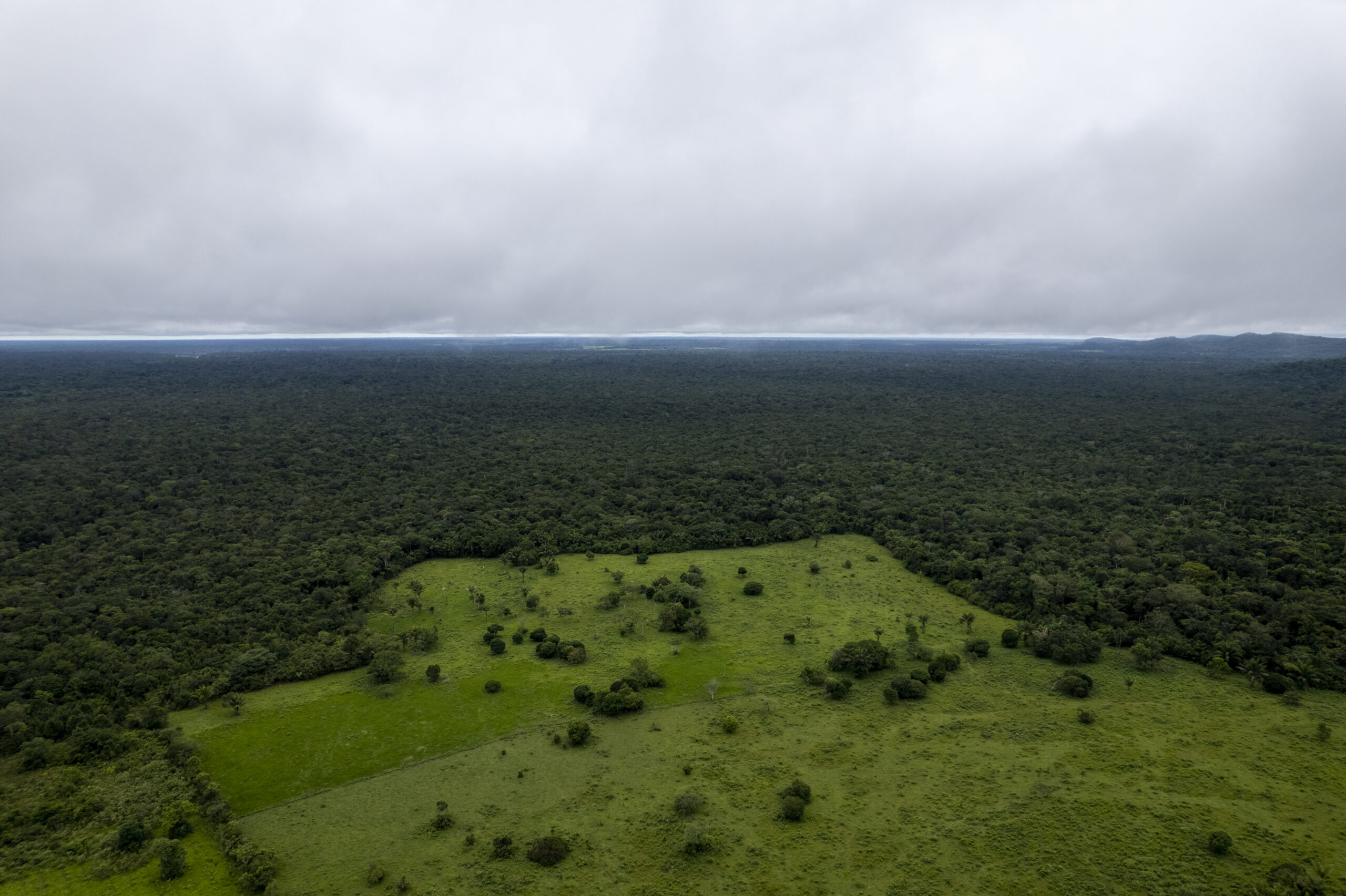By Leocadia Bongben
One significant message from the World Wide Fund for Nature’s flagship publication, the Living Planet Report, released on October 10, 2024, is that if nothing is done within the next five years, the earth will approach a critical point.
In its 15th edition, the scientific report, prepared in partnership with another NGO, ZSL, Zoological Society of London, provides environment experts with a perception and results of scientific analysis.
Alain Bernard Ononino, WWF National Director, spoke to journalists during the traditional event Café Science, an initiative of the Cameroon Association of Science Journalists and Communicators, SciLife. He highlighted biodiversity loss and climate change as two major perceptions from the report.
The report highlights three key messages
The first is that the planet is in peril because scientific evidence shows a 73% decrease in wildlife populations followed for more than 50 years, between 1970 and 2020. The research followed 5,496 animal species, namely mammals, reptiles, fish, amphibians, and birds—a representative sample—to arrive at a 73% decline.
Monitoring fauna allows WWF and ZSL scientists to give a percentage of decline every two years the report is produced, which indicates a downward trend. Two years ago, there was a 68% decline, and now there is a 73% drop in the wildlife population. Two years ago, there was a 5% decline. If nothing is done in five years, more than 90% of the wildlife population will be lost, which is the point of no return.
The decline in Africa is around 76%, a little above the average; compared to other continents, Africa is in the middle. There are continents where the situation is already much worse, such as Latin America and the Caribbean, which are at a 95% decline. A continent in a relatively better situation is the Asian Pacific, which is at around 60%.
Implications of the decline for animals and man

WWF Country Director explains that animal and plant species play a role in the ecosystem. Forest elephants, for example, are called forest engineers because they allow the creation of trails, facilitating irrigation in the forest. Forest elephants permit the removal of small bushes, making way for late succession trees, trees whose forest power plays a role in the sequestration of CO2, to grow to provide good forest cover. If forest elephants disappear, this will impact not only this species but also the other animal and plant species in the forest. The impact is on the ecosystemic services that these animal species provide and carbon sequestration through irrigation, which will also decrease or stop.
Humans will notice this in the scarcity of species for consumption, not only in the species that are likely to be consumed but also in the fruit plants collected for food, as well as the quality of the air and water.
Implications for the Congo Basin
“I could happily say that the tipping points do not affect the Congo Basin, but since the planet is a whole, this is not even good news for the Congo Basin, “Ononino regrets.
The Amazon, one of the three forest basins in the world, including the forests of the Congo Basin and the forests of Borneo and Mekong, is in danger because of high deforestation rates, forest fires, and non-sustainable exploitation of Amazon forest resources. The Amazon has an estimated deforestation rate of 17%. The Congo Basin still has much lower rates, from 0.01% to 0.03% compared to the Amazon. The magnitude of the difference between what is done in the Amazon and the Congo Basin is clear.
When deforestation rates in the Amazon climb between 20 and 25%, this will be the tipping point for the Amazon, still considered a carbon well today because of its ability to absorb carbon but may become a source of CO2 emissions if the trend is not reversed.
Coral reefs (the third key point) are in danger due to rising ocean temperatures resulting from global warming. Coral reefs are a buffer to waves; they act like a sponge, absorbing part of the flow and reducing intense waves and the risk of flooding. Due to the rising ocean temperatures, this sponge is crumbling. The impact is that about 330 million people living in coastal areas are at risk of flooding and the increasing intensity of the waves.

There are global frameworks and agreements, the most famous of which is the Paris Agreement, which sets the global temperature rate at a 1.5% increase that we must contain. There is also the Convention on Biological Diversity COP16 and the United Nations Convention on Climate Change COP29.
The convention on biodiversity is currently being held in Cali, Colombia, the COP16 on biodiversity, and in a few weeks, we will have the COP29 in Baku, Azerbaijan. Climate platforms are avenues where decision-makers must pass from speech to action.
“Only by taking bold and decisive action can we stop the trend and postpone the tipping point. The report provides several sustainable solutions for the food-agricultural system, energy-greenhouse gases, and climate finance,” Ononino said. The WWF Director highlighted the need for awareness and action, urging strong leadership from governments so that strong decisions can be made.
Lessons
The planet is not doing well. Climate change effects are visible in biodiversity loss. But it is not too late. There is still time to act.
Ononino emphasized that the media must communicate this knowledge realistically and optimistically so that decision-makers and the general public understand that actions performed at all levels can have positive or negative implications for the planet.
To reduce biodiversity loss by 2030, there is a need for realistic, restrictive, favorable biodiversity protection policies, both for nature and for human populations, and the need for partnerships between governments, the private sector, civil society, Indigenous peoples, local communities, and, in short, the parties involved in general terms.
“There is hope; the planet is warming up, but the planet can still cool down,” the WWF country director concluded.

